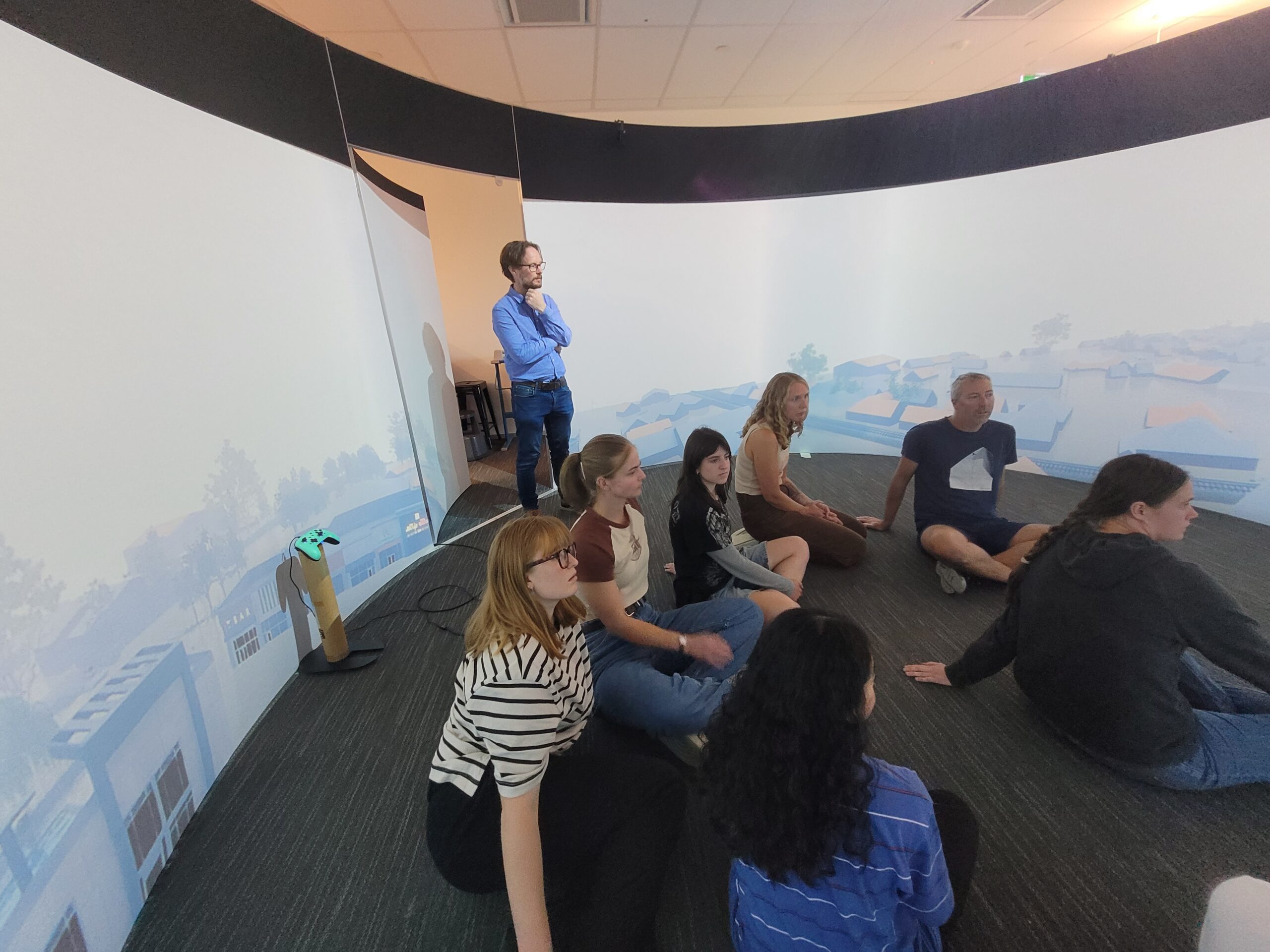Research Team:
Phoebe Eggleton (PhD Candidate)
Malcolm Campbell (Main supervisor – UoC)
Matt Hobbs (Secondary supervisor – UoC)
Joseph Boden (Supervisor – Christchurch Health and Development Study)
Funding
UC Aho Hīnātore | UC Accelerator Scholarship
Duration
2022-2024
Project summary
The Canterbury (NZ) Earthquake Sequence (2010—2011) is made up of four major earthquakes. This project investigates how a birth cohort were exposed to this event.
The Christchurch Health and Development Study follows the health, education and life progress of 1,265 children born in the Christchurch urban region in 1977. Within the cohort, approximately one third were exposed to at least one of the four major earthquakes.
In this research project spatial data of cohort members location at the time of the event have been used to better define ‘exposure’ to disaster. In addition, health outcomes such as cardiovascular disease will be investigated in relation to the cohorts type of exposure.
Outputs
Eggleton, P., Campbell, M., Hobbs, M., McLeod G. and Boden, J. Defining exposure to the Canterbury Earthquake Sequence (2010-11): a spatio-temporal birth cohort study. Places and health: data needs and analysis techniques. Institute of Australian Geographers Conference. Perth, Australia, July 5, 2023.
Eggleton, P., Hobbs, M., Deng, B., Boden, J., McLeod, GFH, Kindon, A., Campbell M. (2024, November 7-8). Investigating the association between exposure to a major earthquake and cardiovascular disease at six-year follow up: a prospective birth cohort study [Conference presentation]. Regional Studies Association Winter Conference, London, United Kingdom.



